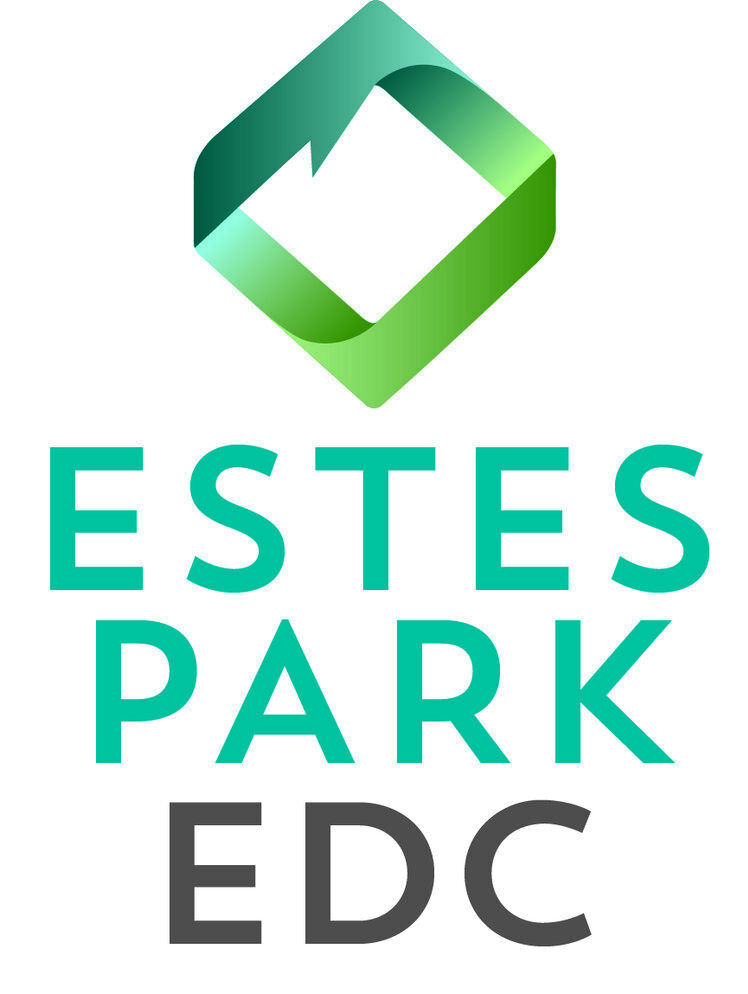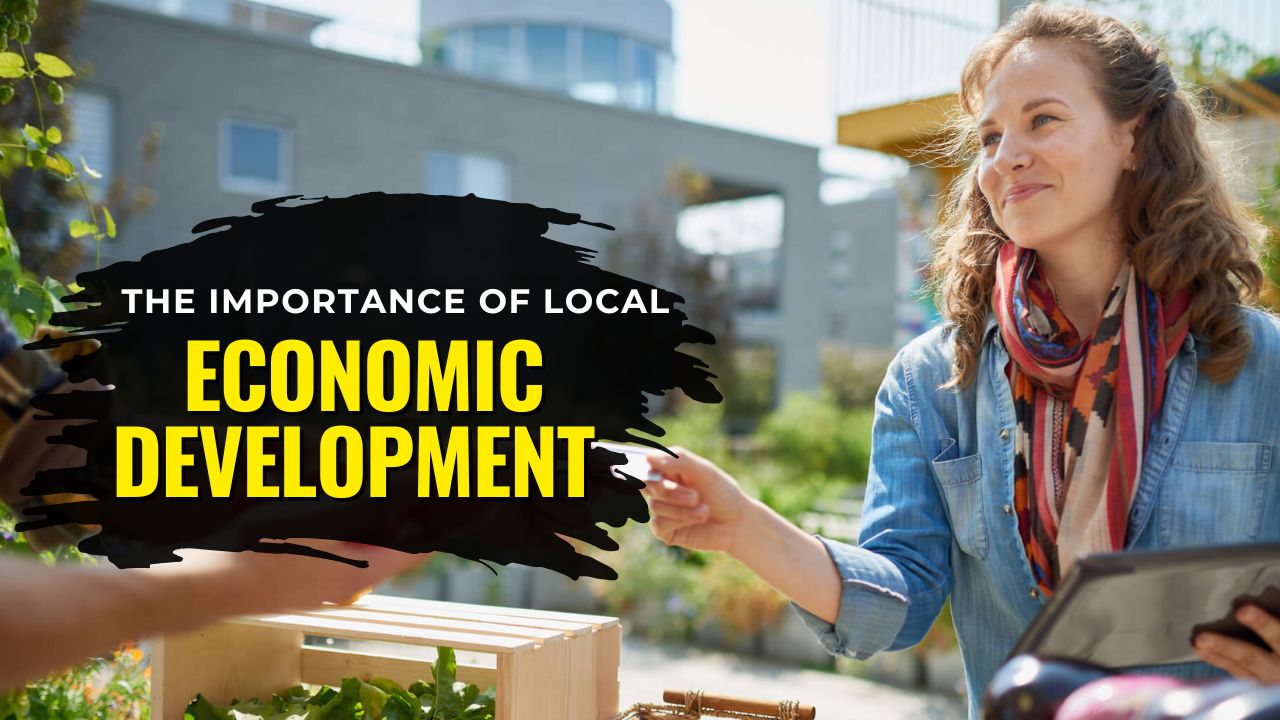Small towns are at the cusp of transformation. With shifting demographics, new technologies, and federal funding momentum, the role of local economic development (LED) has never been more vital.
In this article, we explore why LED matters in small towns today, analyze key trends, present a structured playbook, and lay out metrics you can track.
You’ll also find a table summarizing key levers and three frequently asked questions.
What Is Local Economic Development and Why It Matters
Local Economic Development (LED) refers to the community-led process of improving a town’s job base, incomes, infrastructure, and quality of life. In the context of small towns, LED is especially critical because:
- Small businesses are the backbone of employment. Outside metro areas, a majority of jobs are generated by locally owned firms. Supporting and growing these businesses is central to local prosperity.
- Modern infrastructure is a necessity, not a luxury. Elements like broadband, upgraded roads, and utilities determine whether communities can participate in the digital economy, attract new residents, and retain youth.
- Downtowns anchor identity and economic vitality. A vibrant main street captures consumer spending, reinforces place appeal, and elevates civic pride.
- Local control means local responsiveness. Unlike top-down initiatives, LED is designed to reflect the unique assets, challenges, and aspirations of a given town.
In sum, when done well, LED turns small towns from passive recipients of outside trends into active shapers of their own destiny.
Key 2025 Trends Affecting Small-Town Economies
Infrastructure & Broadband as Foundational Assets
Broadband is no longer optional—it’s essential. In 2025, many federal and state programs are aimed at closing last-mile connectivity gaps.
Communities that have already mapped unserved addresses, created “shovel-ready” pole/duct plans, and identified anchor institutions are moving more quickly from planning to construction.
Downtown Revitalization and Place-Based Strategy
The “Main Street model” (or similar local adaptation) remains a powerful strategy.
Towns that adopt integrated approaches to design, economic activation, and promotion are seeing measurable gains: vacancy reduction, new housing, storefront business growth, and rising pedestrian traffic.
Remote Work & Outmigration Reversal
Even as hybrid work models stabilize, many remote workers still consider relocating. Communities with scenic amenities, lower cost of living, and reliable internet are attractive.
Small towns that package their charm, outdoor access, and modern infrastructure are increasingly competitive in this migration wave.
Targeted Public Investment & Catalytic Projects
Federal, state, and philanthropic funding continues to flow toward community facilities, health clinics, workforce centers, digital equity efforts, and rural business financing.
A well-packaged project proposal (clinic expansion, co-working hub, broadband loop) can trigger multi-sector investment.
Key Levers for Local Economic Development
| Lever | Role / Function | 2025 Emphasis | Why It Matters for Small Towns |
|---|---|---|---|
| Broadband & Digital Infrastructure | Connects homes, businesses, institutions | Last-mile funding, data mapping, affordability programs | Enables remote work, e-commerce, telehealth, modern education |
| Downtown Revitalization | Activates core commercial districts | Façade grants, upper-story housing, event activation | Creates visible momentum, draws visitors, nurtures small firms |
| Small Business Support | Encourages local entrepreneurship | Micro-grants, technical assistance, low-interest lending | Keeps profits local, strengthens supply chains |
| Project Capital (Public & Private) | Funds catalytic infrastructure & facilities | Community facilities grants, workforce labs, health projects | Adds capacity, jobs, and improved services |
| Talent Recruitment & Retention | Attracts new residents and keeps youth | Marketing campaigns, relocation incentives, spousal support | Expands tax base, consumption, demand for services |
A Practical Playbook- How a Small Town Can Activate LED
1. Conduct a Baseline Assessment
Gather data on employment industries, commuting patterns, broadband service gaps, downtown vacancy, housing stock, childcare availability, and existing amenities. Use this to create a community profile that guides strategy.
2. Bundle Infrastructure, Housing & Services
Align broadband expansion with housing development and service investments like childcare or health clinics. For example, plan broadband trenches at the same time as road projects or housing subdivisions, or include conduit runs for fiber during road resurfacing.
3. Adopt a Structured Downtown Strategy
Break your downtown work into four interlocking pillars:
- Economic vitality: micro-incubators, pop-ups, grants
- Design: streetscape upgrades, lighting, signage
- Promotion: events, branding, outreach
- Organization: a steering committee, volunteer network
Focus especially on turning upper floors into housing, since residential density above shops can sustain foot traffic and local services.
4. Package and Compete for Funding
Match your project list to eligibility criteria for federal (infrastructure, rural health, digital equity), state, or foundation programs.
Include readiness pieces: matching funds, project readiness documentation, community support letters, and rigorous cost estimates.
5. Create a Talent & Relocation Strategy
Build a “welcome package” for remote workers—highlighting your broadband, co-working space, housing options, outdoor amenities, and sense of community. Engage early adopters and invite them to speak at events or share testimonials.
6. Monitor & Adapt
Track key metrics (see below), hold quarterly strategy syncs, engage community feedback, and refine your approach. Be agile—if one tactic underperforms, pivot to another.
What Success Looks Like: Metrics to Watch
- Job Growth & Wages: number of new jobs, average wage increases, growth in small-business payroll
- Business Vitality: net new businesses minus closures, storefront vacancy rates, sales tax or retail receipts
- Downtown Health: foot traffic counts, upper-story housing units created, façade improvements completed
- Connectivity Gains: number of addresses served, subscription/take-rate, average internet speeds
- Service Capacity: new health or childcare slots, community facility usage
- Population & Housing: net in-migration, housing starts, rental vacancy rate, time to sale or occupancy
These metrics let you see whether each strategy is working—and where adjustments are needed.
Real-World Illustrations (2025 Momentum)
- A small rural region secured a major loan to build out a new health clinic, anchoring both service expansion and jobs in clinical, construction, and support roles.
- A community leveraged broadband matching grants and local matching funds to close a last-mile gap, enabling remote workers and small e-commerce firms to flourish.
- Downtown districts adopting structured revitalization plans are turning empty storefronts into creative studios, cafés, or retail spaces—fueling more walking traffic and secondary spending.
- Reports in 2025 show small towns with high outdoor amenity scores (parks, trails, lakes) are seeing increased interest from relocating workers, particularly families and professionals drawn to quality of life.
In 2025, local economic development is not optional—it is essential.
Small towns that adopt a proactive, integrated strategy combining broadband expansion, downtown revitalization, small business support, and talent recruitment can change their trajectory.
The levers exist; the funding channels exist.
What remains is leadership, alignment, and execution. With careful planning, measurement, and community momentum, small towns have the potential not just to survive—but to thrive.
FAQs
Where should a small town start its LED efforts?
Begin with a baseline assessment: collect data on infrastructure gaps, demographic trends, downtown vacancy, and service deficits. This foundation helps you prioritize projects that are realistic, fundable, and impactful.
Can downtown revitalization truly create jobs?
Yes—revitalization is more than aesthetics. By turning vacant buildings into rentals or businesses, stimulating foot traffic, and supporting entrepreneurs, downtown strategy can catalyze real employment and local spending.
How realistic is it for small towns to attract remote workers now?
Very realistic—many remote workers are still open to relocating. Small towns that combine reliable broadband, affordable housing, and lifestyle amenities have a strong shot at winning relocators, especially if they market themselves proactively.

